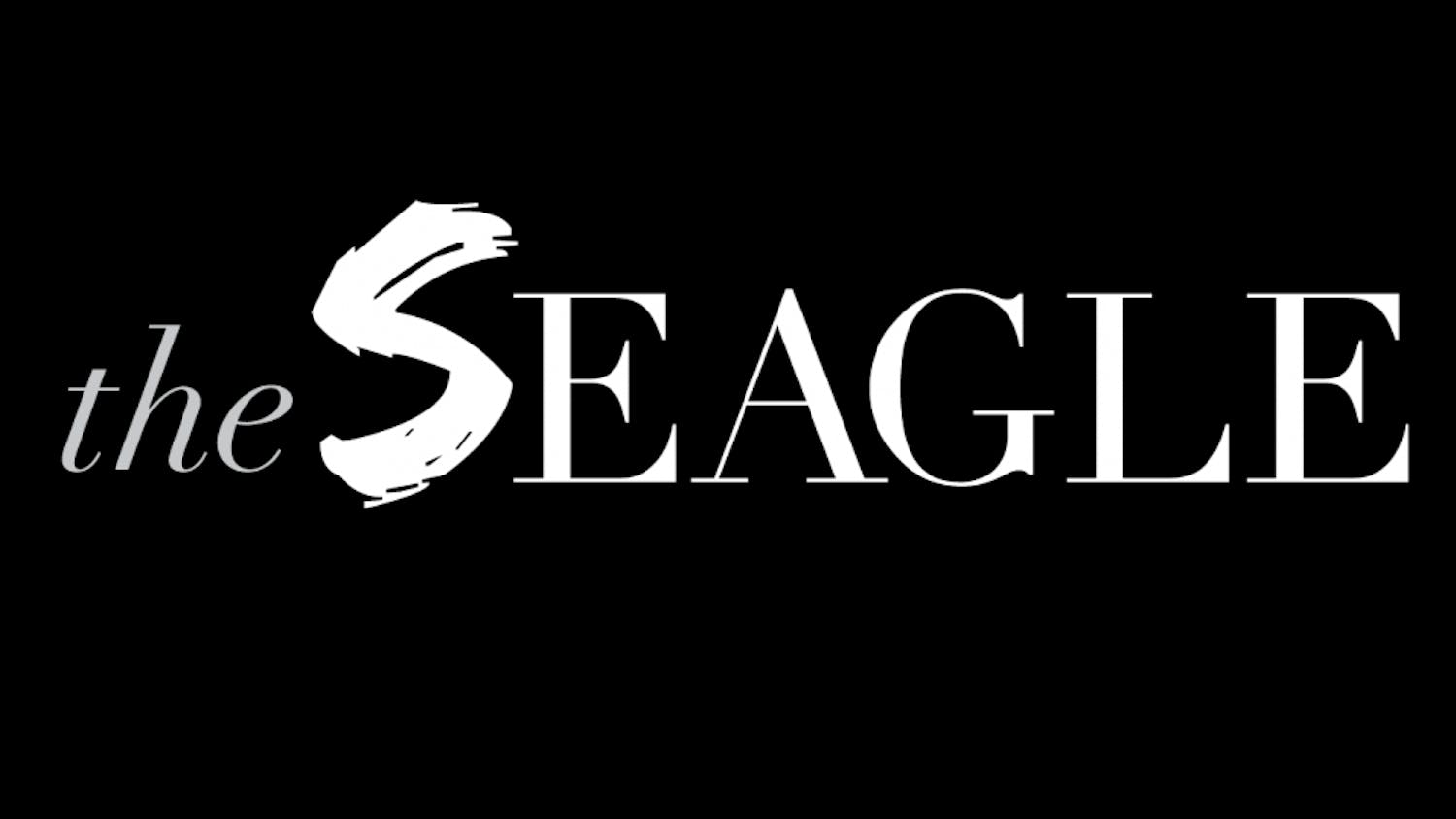This week's news that an Army Corps of Engineers team plans to move to a lot behind the Public Safety building to finish clean-up efforts brings back memories of the Corps' previous discovery of dangerous levels of arsenic behind the Public Safety office and near Kreeger and Hamilton halls.
The EPA maintains that arsenic levels above 43 parts per million (ppm) are unhealthy, so it's astoundingly clear that the 276,000 ppm the Army Corps detected and later removed from the soil near Kreeger and Hamilton present an immense risk to the AU community. Even though the Army Corps says that these deposits in the solid form are only a miniscule threat to students' health, the relative silence of AU administrators is a danger in and of itself. The Eagle only uncovered this updated information through faceless, unpublicized meeting minutes, which the average student does not know exist. Administrators have remained utterly uncooperative despite multiple interview and information requests throughout the entire process.
If there was ever a moment that we felt the university was hiding something, it's now. Whether administrators are filtering or burying information out of concern for bad press or heightened hysteria, the university's silence on the munitions dig is reprehensible at best. It seems that every new report about chemicals or components reveals a new weapons site that's geographically closer to the residence halls, the Child Development Center and other heavily populated campus areas. Yet the information that the Army Corps, among other dig participants, shares with students progressively dwindles in both substance and frequency, leaving the campus community invariably in the dark.
We need not remind the university - not to mention its student body - of the risks of arsenic. Once the chemical methalizes, it becomes arsine gas, a dangerous World War I chemical weapon. It is fully possible that many people exposed to arsenic won't know until years later: By some estimates, it takes 10 to 20 years for symptoms to develop. Regardless of the timeframe, students have every right to be concerned and, of course, to demand answers and transparency in the dig process.
That said, we hold the university wholly responsible for the health risk its silence has amplified. We cannot indict current administrators for the weapons' existence - they were buried below campus long before any of us arrived - but we do blame them for the consequences of their apparent secrecy. Similarly, we expect AU officials to attend the discussion next week about the Pit 3 process. Although the information The Eagle reported is sadly by no means new, it still holds the same weight today that it did in 2007. And even if our fears and concerns are completely unwarranted, the university has a responsibility to listen to them and to respond accordingly.
And, of course, we demand the university to conduct its munitions dig more transparently - a change in modus operandi that starts with revealing every known munitions location, how much of a risk each site truly poses to the student body and how it intends to address the problem. Indeed, the only thing more dangerous than arsenic is blatant negligence, the latter for which the university is overwhelmingly guilty.




